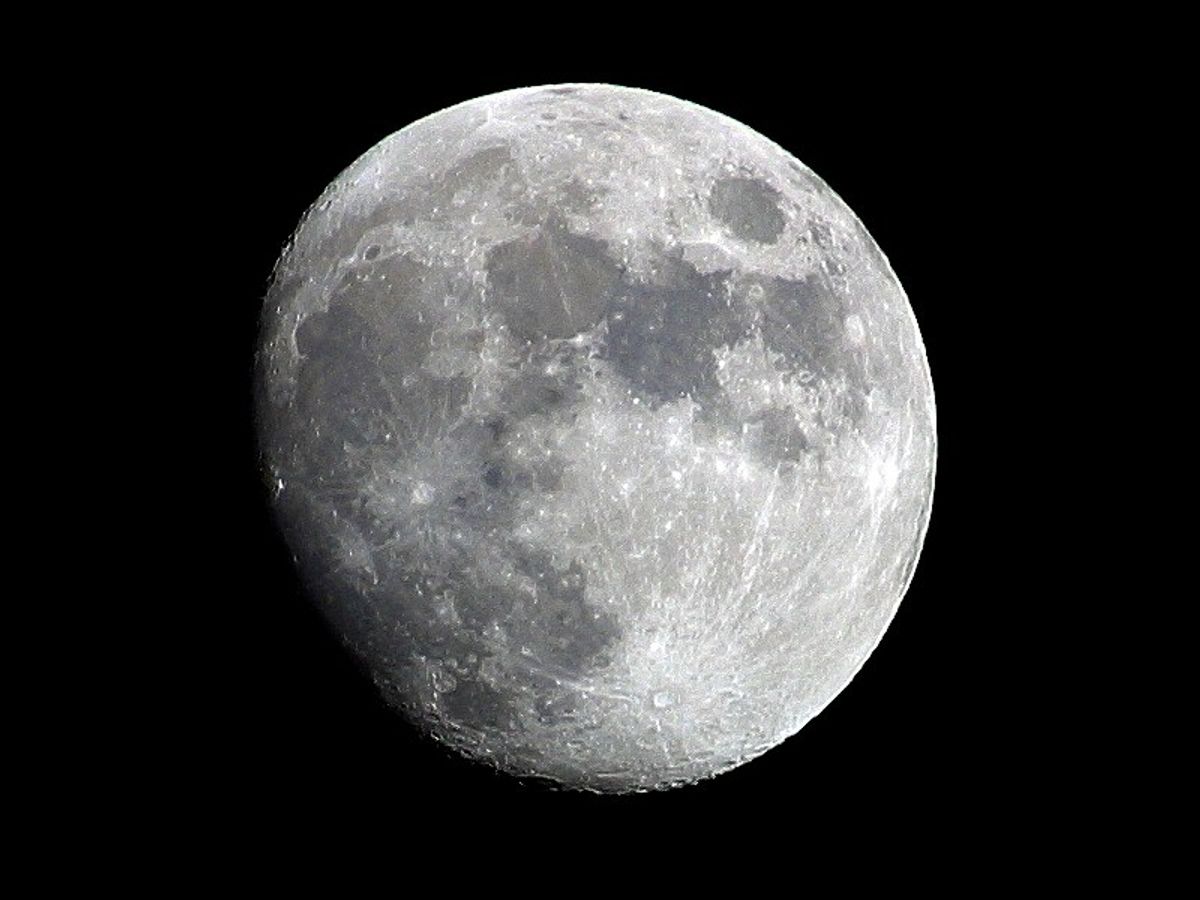NASA is reporting that one of its spacecraft has found significant traces of water on the Moon.
The rocket from NASA’s Lunar Crater Observation and Sensing Satellite (LCROSS) slammed into a crater on the Moon's surface on October 9, creating a crater and uncovering soil below the lunar surface.
“We’re unlocking the mysteries of our nearest neighbor and, by extension, the solar system,” said Michael Wargo, chief lunar scientist at NASA Headquarters in Washington.
If the Moon becomes a waystation in future voyages to the planets, space travelers could possibly stock up on water at a base on the Moon.
Even if the Moon is not a waystation, the cost to maintain a permanent crewed base on the Moon seems to have just gone down. Water is relatively heavy to transport by spacecraft, and a big cost of maintaining such a base, it was previously thought, would be supplying its inhabitants with water. If there are local sources, a big impediment may have been removed. (It still remains to be seen how feasible it will be to gather this water.)
Some astronomers say that the finding of water in the lunar soil may be in keeping with the currently popular model of the Moon's formation, which holds that the Moon formed from the Earth's crust because of a giant impact early in the history of the Solar System. Some of the water common in the Earth's crust would have remained inside the moon's surface and in deep craters which do not get sunlight. Others think that the water came from comets which crash into the Moon periodically.
Whatever the source, on the Moon, sunlight breaks down water into its constituent hydrogen and oxygen, which escape into space because of the Moon's weak gravity. Any water on the surface that is exposed to sunlight has escaped this way, thus the surface seems waterless. But many astronomers have believed that there is water below the surface an in craters that don't get sunlight because of the Moon's tilt.
LCROSS slammed into one such crater near the Moon's south pole. NASA said LCROSS detected about 24 gallons of water in the lunar soil that was uncovered in the impact. That's a lot of water.
You can read more about the LCROSS mission here: lcross.arc.nasa.gov/
NASA held a press conference to announce the finding.
Saswato R. Das writes about science and technology and is a spokesman for Lucent Technologies' Bell Labs in Murray Hill, N.J. His background is in physics.



